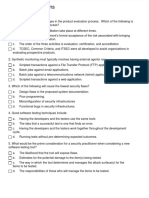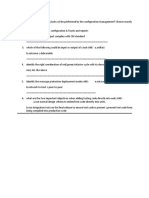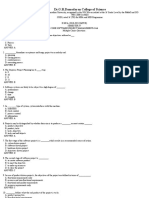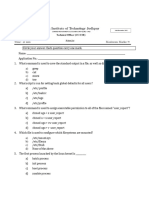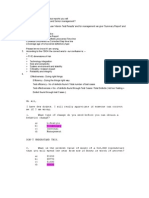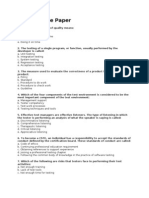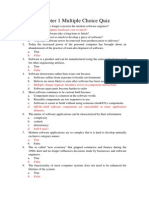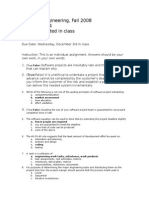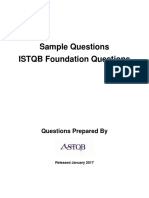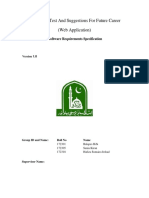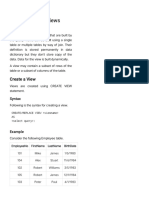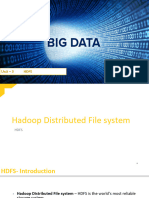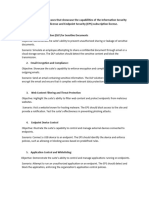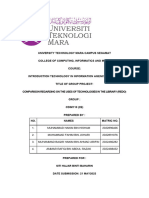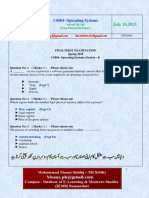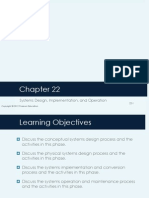0% found this document useful (0 votes)
106 views13 pagesNasscom Practice Questions
The document contains multiple-choice questions and answers related to Software Development Life Cycle (SDLC), Quality Assurance (QA), Network Management, and Cybersecurity. It covers key concepts such as phases of SDLC, testing types, architectural patterns, and security principles. The questions aim to assess knowledge in software development processes, testing methodologies, and network management practices.
Uploaded by
Tanmoy BarmanCopyright
© © All Rights Reserved
We take content rights seriously. If you suspect this is your content, claim it here.
Available Formats
Download as PDF, TXT or read online on Scribd
0% found this document useful (0 votes)
106 views13 pagesNasscom Practice Questions
The document contains multiple-choice questions and answers related to Software Development Life Cycle (SDLC), Quality Assurance (QA), Network Management, and Cybersecurity. It covers key concepts such as phases of SDLC, testing types, architectural patterns, and security principles. The questions aim to assess knowledge in software development processes, testing methodologies, and network management practices.
Uploaded by
Tanmoy BarmanCopyright
© © All Rights Reserved
We take content rights seriously. If you suspect this is your content, claim it here.
Available Formats
Download as PDF, TXT or read online on Scribd
/ 13










